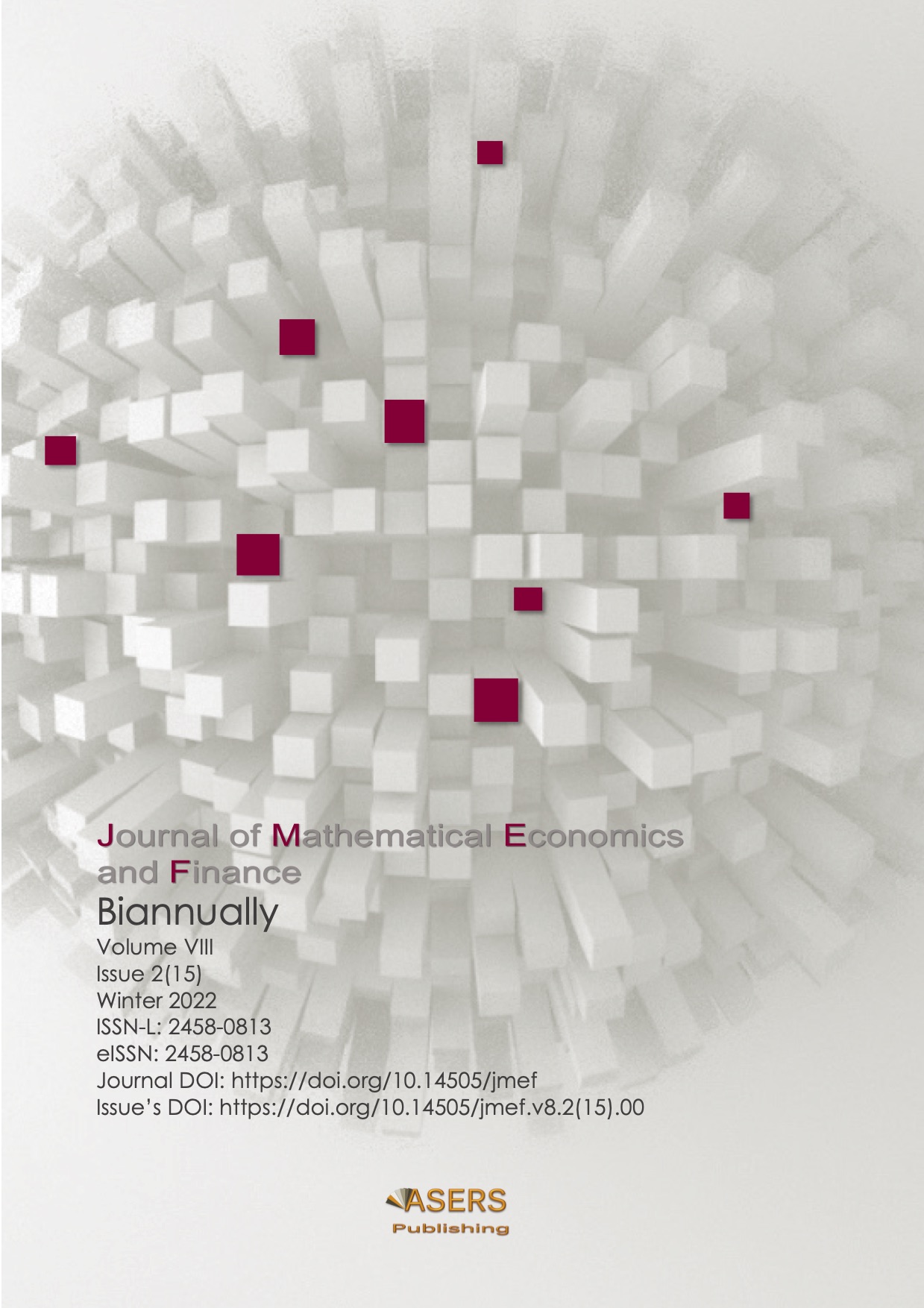Mechanical analyses and derivations of money velocity
Mechanical analyses and derivations of money velocity
Author(s): Alessandro SaccalSubject(s): Business Economy / Management, Financial Markets
Published by: ASERS Publishing
Keywords: Cambridge equation; equation of exchange; liquidity; money position; money velocity; quantity theory of money;
Summary/Abstract: The equation of exchange is derived from a stand point encompassing the physics and economics there of, whereby the maximisation of a money value function, increasing in real output and decreasing in the real money supply, while accounting for time and space, subjected to a money constraint, at the macroeconomic level, gives rise to an optimal level of real output thereby, expressing the liquidity demand coefficient as the inverse quotient of space over time. The fusion of such a liquidity demand coefficient expression with the money constraint, which is the equilibrium Cambridge equation, in turn gives rise to an equation for space, being the position of money, whose differentiation is precisely instantaneous money velocity and thence the exchange equation as presented by Fisher. The present analysis also derives money position on account of non-constant instantaneous money velocity as instantiated by Fisher, advancing a framework for the macroeconomy's general money value function and money constraint in the process. It likewise advances simulations of non-constant average and instantaneous money velocity, with a particular application to a stylised closed macroeconomy. It finally proceeds to remodel instantaneous money velocity through the use of ordinary differential equations (ODEs) for the money equations of motion, both generally, by letting the sum of the three equal a corrected exponential random walk with drift, and through a money force model, of free accumulation with financial assets resistance. This work thus remarks in sum that money velocity as customarily calculated, taught and understood is not univocal.
Journal: Journal of Mathematical Economics and Finance
- Issue Year: VIII/2022
- Issue No: 2(15)
- Page Range: 25-85
- Page Count: 61
- Language: English
- Content File-PDF

